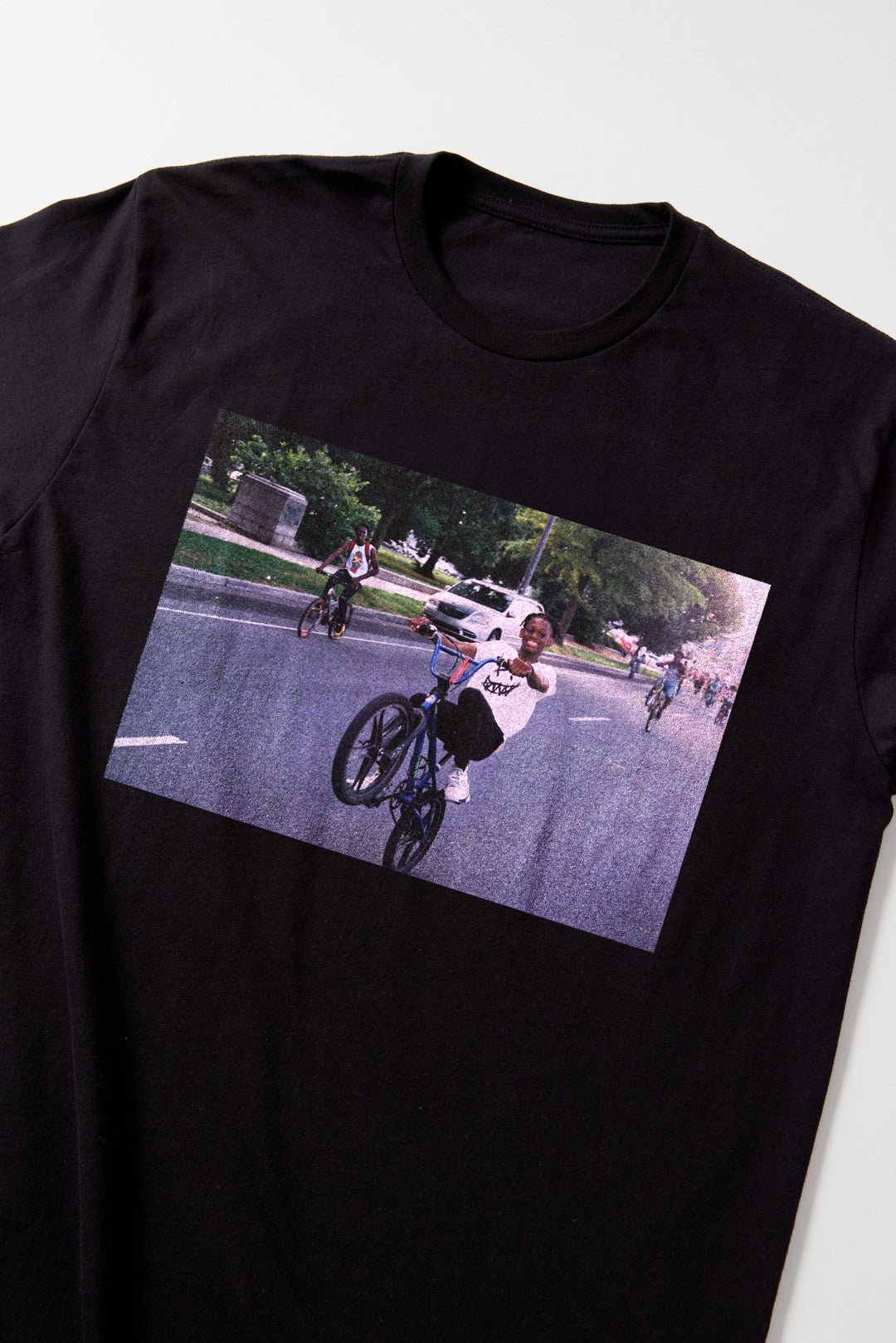Color Variety, Color Disparity
 by Jazmin Zayuri Gonzalez
by Jazmin Zayuri Gonzalez
I was 6 when I noticed I was brown, and I was 8 when I realized it was a problem.
From the moment I was conceived, I was inundated with love. Not a day went by that I didn’t hear “I love you," and also felt it. “Que bonita!” was an expected statement from family and strangers alike, and I held myself in pretty high regard.
In the winter of 1996, my baby sister was born. As the visits to meet the new baby of the family started rolling in, I noticed a different type of admiration. While we both continually heard praise for being “so beautiful,” there was always a statement that followed as they gazed at her in awe. “Y esta bien guera!” they would say, Spanish for "and she’s really light." It was then, at the age of 6, that I noticed I was brown. As her fair skin was applauded, mine was disregarded.
My parents made it a point to give all three of us our fair share of undivided attention, so despite the constant reminder of our differences I never felt less than. By the time my sister started talking, though, it became evident that the white supremacy poison we were fed affected her 2 year old brain quite differently than it did mine. She was, after all, much more impressionable at that age, not to mention on the benefiting end of the colorism spectrum.
In 1998, when I was 8, my sister broke my heart.
I forget what I was playing with, but as younger siblings typically do, my sister yanked said toy away. As the bickering got louder, my mother walked into the room and said “mija, share with your sister,” prompting a response that still hurts my heart today. At 2-years-old, whilst glistening with toddler innocence, my baby sister exclaimed “She’s not my sister, she’s Black!” and with that summoned enough tears to break the hoover dam.
I cried for what seemed like days, and things never were the same. There was a veil lifted from my eyes, a reality that could never be unseen. The baby sister I begged and pleaded for, the one I wanted more than any doll or any toy, didn’t want me in return. She didn’t want me, and she didn’t love me- and my hue was the thing to blame.
To add insult to injury, my family thought it was hilarious. Visit after visit, the story was repeated. Queuing laughter with; “she’s Black,” every single time.
My heart hurt, but my ego prevailed. The message my own family was relaying was that my brown skin was undesirable. It made me self-conscious, but it also prepared me for racist America. I was born a rebel at heart, and if the world had a distaste for my pigment, I would wholeheartedly embrace it and unapologetically portray it. As I consumed my reflection day in and day out, I made the very conscious decision to love myself; not despite my brown skin-- but because of it.
Nearly 20 years later, that baby sister now towers over me. She stands inches taller than me and wears skin colored a few shades darker than mine. The story has been modified, but carries the same painful sting. The summer when she was about 7-years-old, she tanned to point of no return, literally-- a genetic mutation of some sort made her porcelain skin turn dark brown and the family’s response was “pa que se le quite” or ‘that’s what she gets,’ as if being dark was a punishment in itself!
At 25 (and since always), I frequent the beach day in and day out wearing sunscreen only to avoid skin cancer, welcoming in the darkest hues of brown my skin morphs into. Now, when people point out my skin color with negative undertones, I simply mention the ever booming business of skin tanning salons. I proudly remind them that people pay small fortunes to bear what I was blessed with at birth, skin the color of gold. Strong skin that doesn’t peel and break away at the hint of distress. Skin thick enough, beautiful enough to resist familial reject.
My family meant no harm, adult me understands that. That one incident and their reaction, scarring as it may have been, does not define them (or me). My parental unit heavily offset any negative message I may have received with their undying and unwavering love and support in all the rest of my endeavors. They are in fact the very reason why I was able to react so gracefully (that is after I ran out of tears, of course).
This plague of a thought, is not uncommon in Mexican households. Eurocentric features have always been highly coveted. At the expense of too many brown girls’ self-love, the Mexican community continually praises fair skin and other Anglo features as such. It is imperative that as a community, before pointing the finger at the white folks for segregating, hating and altogether being racist towards us and other PoC, we address the role we play in the self-hate of our own.
Seldom will you find a brown girls’ picture online without bright flash, or a filter that lightens their skin. Too often you will see brown girls covered head to toe, to avoid getting darker at the beach-- if you see them there at all. As a majority we need to take responsibility for the toxic encouragement of self-dilution. Of telling a funny story that may end in the desire to be less colored, less dark, less self.
Teaching women of color their worth begins in the home and is a full time, lifelong duty. Keeping in mind that for every ONE positive thing we are told, there are TEN negative ones thrown our way. Challenging as it may be, this change needs to be as conscious as it is collective.
 |
Jazmin is a writer and entrepreneur from South Central Los Angeles, where hunger and oppression prevail. In hopes of creating a dent in world hunger she has recently launched #FeedSouthCentral a communal effort to feed the homeless residing in the streets of her neighborhood. |

